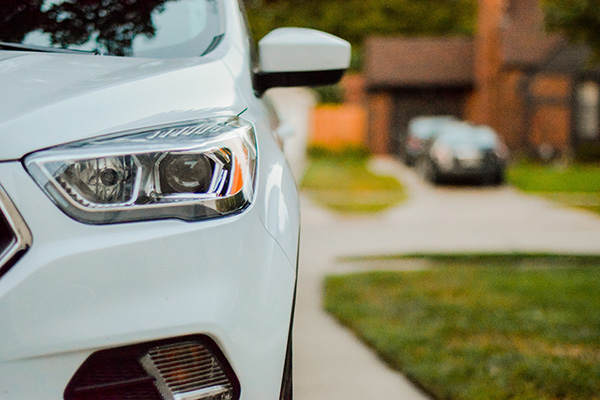All states have financial responsibility laws that either explicitly or in effect require you to purchase at least some auto insurance. However, there is often a large gap between the amount of coverage you’re required to have and the amount of coverage you really need. Even in states with the most stringent requirements, many insurance professionals suggest that you have a broader scope of coverage (i.e., more types) than what the state mandates, and that your coverage limits in most areas exceed the required state minimums.
The basics
Auto insurance coverage is typically broken down into component parts, each providing a different type of protection. These types of coverage may be optional or required, depending on the state in which you live:
- Liability coverage: This provides protection for claims made against an insured, where the use of an insured vehicle caused bodily injury or property damage to someone else
- Medical payments or personal injury protection: This provides coverage for various medical expenses incurred by the insured and others as a result of an accident, regardless of negligence or liability on the part of the insured
- Collision: This provides coverage for losses the insured suffers as a result of damage to his or her covered vehicle caused by a collision
- Other than collision (also known as comprehensive): This provides coverage for losses the insured suffers as a result of damage to or loss of a covered vehicle not caused by a collision (e.g., fire, theft, vandalism, falling objects, explosion, earthquake, flood, civil commotion)
- Uninsured motorist (UM): This provides coverage for losses the insured and others sustain when injured through the negligence of an uninsured or unidentified hit-and-run motorist
- Underinsured motorist (UIM): This provides coverage for injuries the insured and others sustain when injured through the negligence of an underinsured driver
Aside from any state requirements, determining the amount of auto insurance coverage you need is a balancing act. You’ll need to weigh how much coverage you need against what you can afford, your ability to weather any financial risk (e.g., lawsuits), and whether you have assets that you need to protect. However, there are some general guidelines you can follow.
Liability coverage
When you injure or kill someone in an accident, bodily injury claims for medical bills, lost income, and pain and suffering can easily amount to hundreds of thousands of dollars. Property damage claims can also be costly. For example, suppose you caused severe damage to someone else’s expensive, brand-new car or struck and damaged a telephone pole. Would you be covered for the damages you caused?
In most states, the required minimum liability coverage doesn’t come close to covering the costs associated with a serious accident. That means you could have to pay part of the claim out of your own pocket if you’re sued. This is particularly dangerous if you have a home and other large assets to protect. So it may be in your best interest to carry both bodily injury and property damage liability coverages well beyond state minimums.
Keep in mind, however, that you shouldn’t buy more insurance than you can afford. And if you don’t have significant assets to protect, the minimum auto insurance coverage required by your state’s laws (or by your lender) may be sufficient.
Medical payments coverage
If you and your family have good health insurance coverage, you might think that medical payments coverage is unnecessary. It’s important to note, however, that your health insurance won’t cover anyone outside of your family, while medical payments coverage often will cover anyone who is a passenger in your car.
In states that require medical payments coverage, you may not need to purchase more than your state’s minimum coverage requirement. However, you can usually purchase additional medical payments coverage for only a small increase in your premium. And even if medical payments coverage is optional in your state, you may want to buy at least a small amount of coverage.
Collision and other-than-collision coverage
In most states, both collision and other-than-collision coverage are optional. If you are still paying off a car loan, the lender will no doubt insist that you carry both. But if you don’t have either of these types of coverage and your car is stolen or damaged, you will have to pay for the vehicle’s repair or replacement out of your own pocket (unless the accident was caused by another driver and you can prove it).
Keep in mind, though, that both collision and other-than-collision coverage are subject to deductibles and generally only provide coverage up to the actual cash value of your vehicle. Having collision or comprehensive coverage on older, less valuable vehicles may not be cost effective, since any claim payment you’d receive would be minimal and might not exceed what you pay in premiums and deductibles. Ask your insurer or agent to look up the book value of your car to help you decide.
Uninsured motorist and underinsured motorist coverage
Even though both UM and UIM coverage are optional in some states, the number of uninsured and underinsured motorists on the road makes these types of coverage extremely important. You probably want to purchase some level of UM and UIM coverage. Otherwise, you might have no recourse against a driver who doesn’t have adequate auto insurance or has no auto insurance at all.

